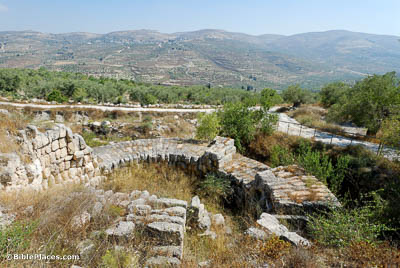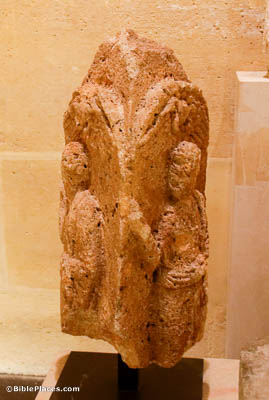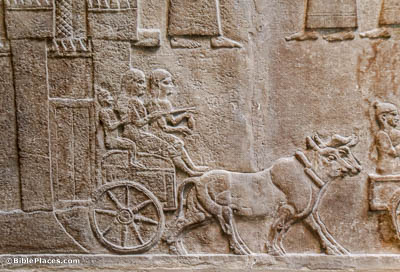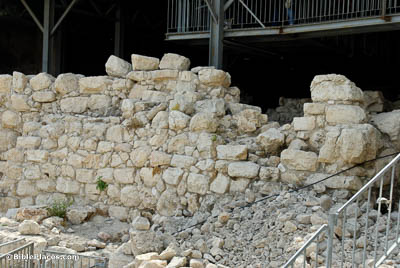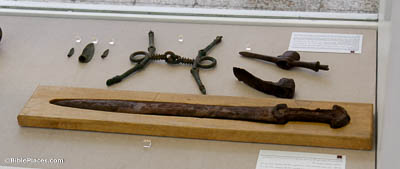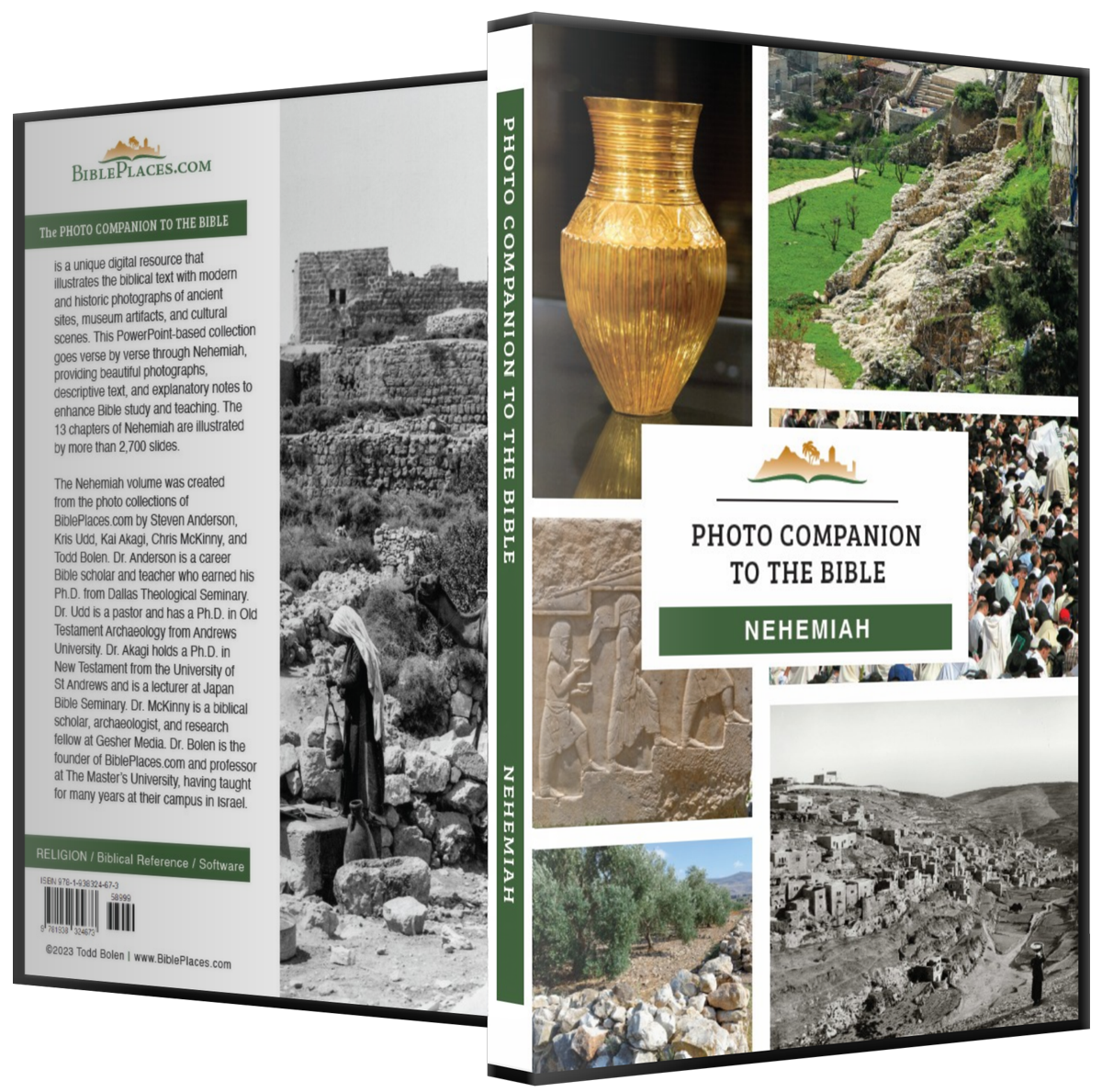He spoke in the presence of his brothers and the powerful men of Samaria (Nehemiah 4:2)
The ruins in this photo date to about 100 years after the time of Sanballat, the leader of the Samaritans in the time of Nehemiah. The Samaritans lived in what had, in previous centuries, been the central hill country of Israel. However, after the fall of the northern kingdom in 723 BC, most Jews were deported and the Assyrians resettled people from the region of Babylon in the territory of the northern kingdom (2 Kgs 17:24). By the time of Nehemiah, the Samaritans were mixed both racially and religiously—they were part Jewish and part Gentile in both their ethnicity and their religion (cf. 2 Kgs 17:25-41).
